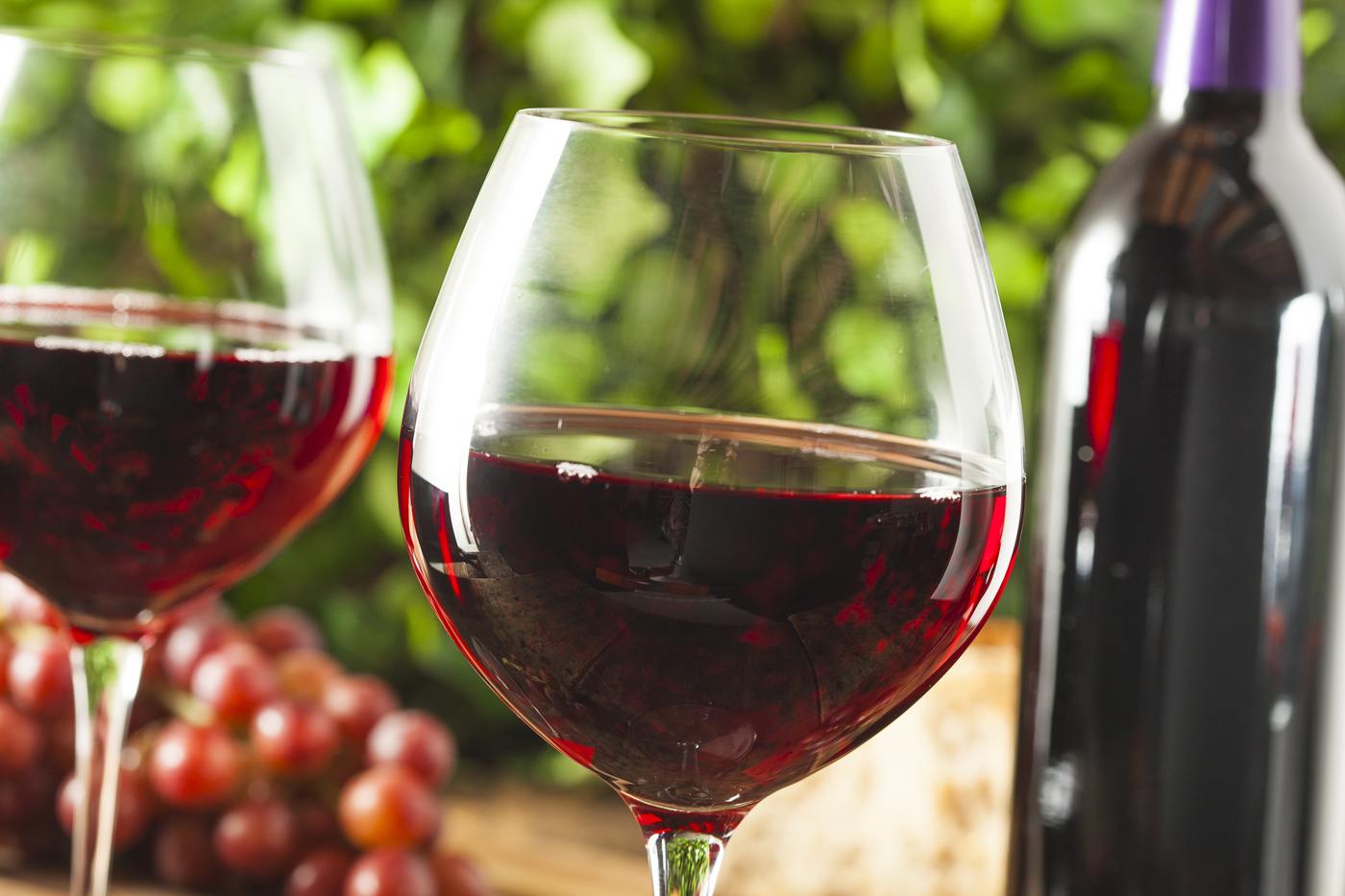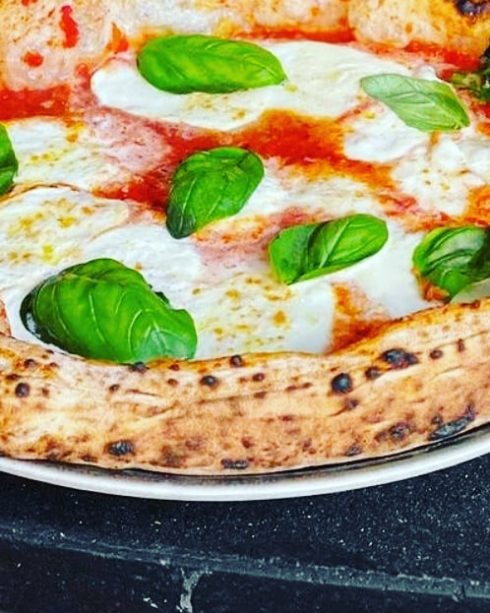AS the evenings get lighter and the temperatures begin to rise, signs of summer are well and truly here.
And as bar terraces begin to dust off their chairs and tables and Al Fresco dining replaces meals in front of the fire, bottles of Spanish red wine will start to provide the backdrop to whiling hours away with friends and family.
Spanish red wine is renowned worldwide as some of the finest, with Spain’s temperate climate producing distinct grape varieties such as Tempranillo, Garnacha and Manto Negro.
Spain is also home to some of the words most prestigious growing regions such as Rioja, Ribero del Duero and Priorat.
Commonly known among wine expert is that Spanish wines have a very distinct characteristic, drinkable when young but created to be stored.
Spanish wines are also known to produce varying qualities of vintages depending on growing conditions during the harvesting year.
Certain vintages in the past ten years have stood out to be a combination of the perfect climate and harvest, ambient temperatures, moderate rainfall yet dry harvesting conditions.
These are widely thought to be 2010, 2016 and 2019, all varieties providing fuller and more saturated wines.
Ribero del Duero and Rioja wines from 2010 and 2016 have become a product of years where winemakers could do no wrong, with experts from winemag.com recommending cellaring the 2016 bottles to mature, whilst opening up 2010 Gran Reservas to experience the five year cask aging process.
2019 vintages are still in the early stages of maturity, but makers are enthusiastic that the wines produced will live up to the 2010 and 2016 levels.
2011, 2012 and 2015 are classed as ‘good’ years, but are products of hot, drought like conditions.
The lack of substantial water and increased temperatures have produced tart and intense wines with strong tannins, ideal for storing for special occasions.
The remaining years, 2013, 2014, 2017 and 2018 are, according to wine experts, not necessarily ‘bad’ vintages, but have been the victim of inconsistent weather conditions.
They have produced some good bottles, but suffer greatly from variations in taste, consistency and body.
For those who have a collection waiting to be opened for that certain occasion, or for those looking for that perfect bottle from their local stockist, winemag.com has provided a simple guide to what to look out for from each region.
For wines originating from the Catalonia region, wines from between 2010 and 2016 are prime to be uncorked this year, with the 2016 vintage proving to be the benchmark.
For Riojas, 2004-2005 and 2009-2015 are the ones to look out for, with 2010 vintages the highlight.
Lastly, Ribero del Duero varieties from 2004-2005, 2009-2012 and 2014 should be strongly considered, again with 2010 being the one to look out for.
READ ALSO:
- Wine or beer? Why not both with Malaga’s famous Cruzcampo brewery’s latest creation
- Delighful dozen: The wine discoveries in Spain you need to know about according to experts









Good vs bad years is a load of natural fertiliser. Good vintages are generally years with better summers and enough rain in the spring, resulting in higher quality grapes producing wines that benefit from longer ageing in the barrel. Hence they demand a premium. A skilled winemaker however, can still produce a very good wine in “bad” years, but it won’t be an “oak bomb”. So, if you avoid Reservas and Gran Reservas from “bad years” and choose lightly oaked Robles instead, you are actually getting better value for money…